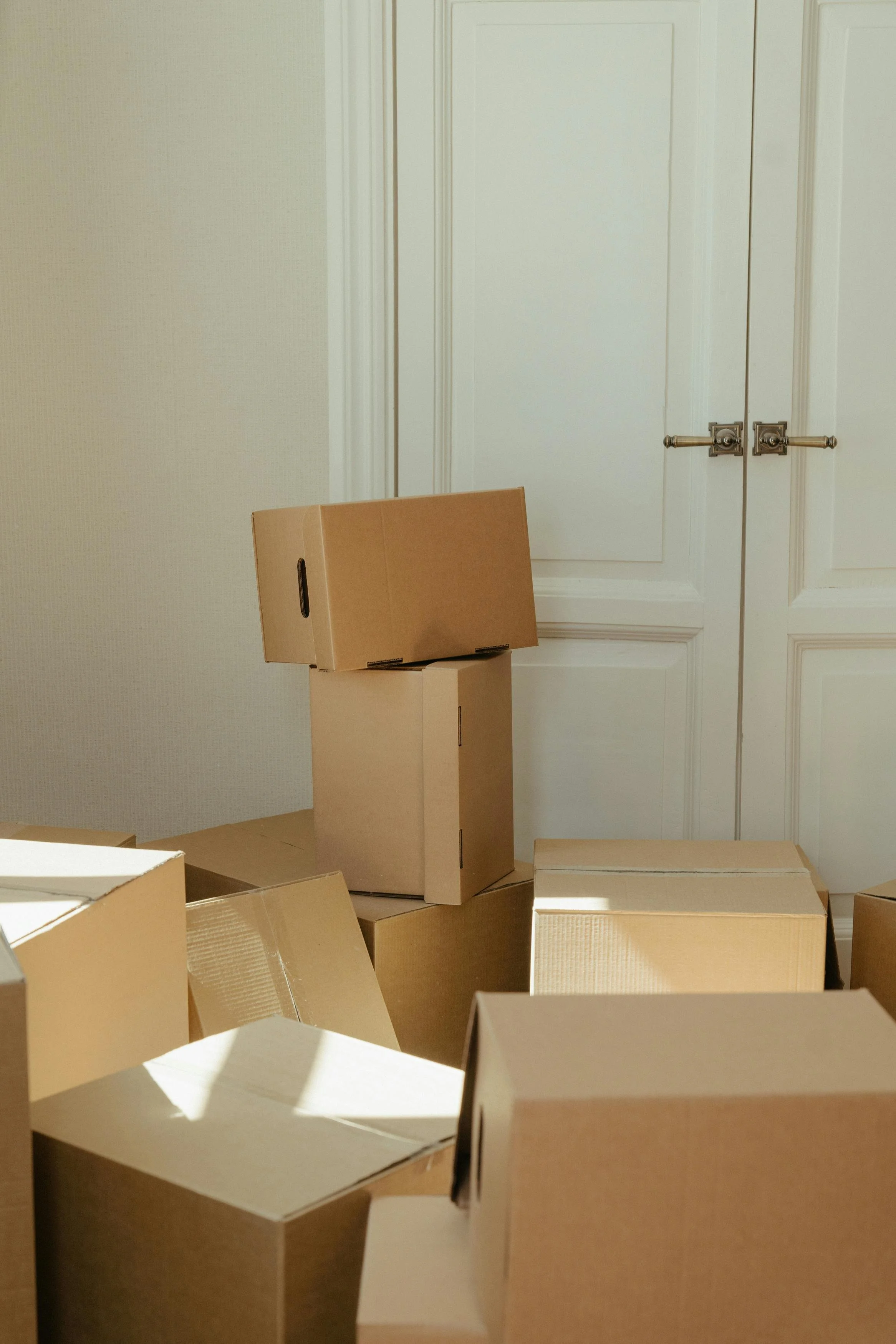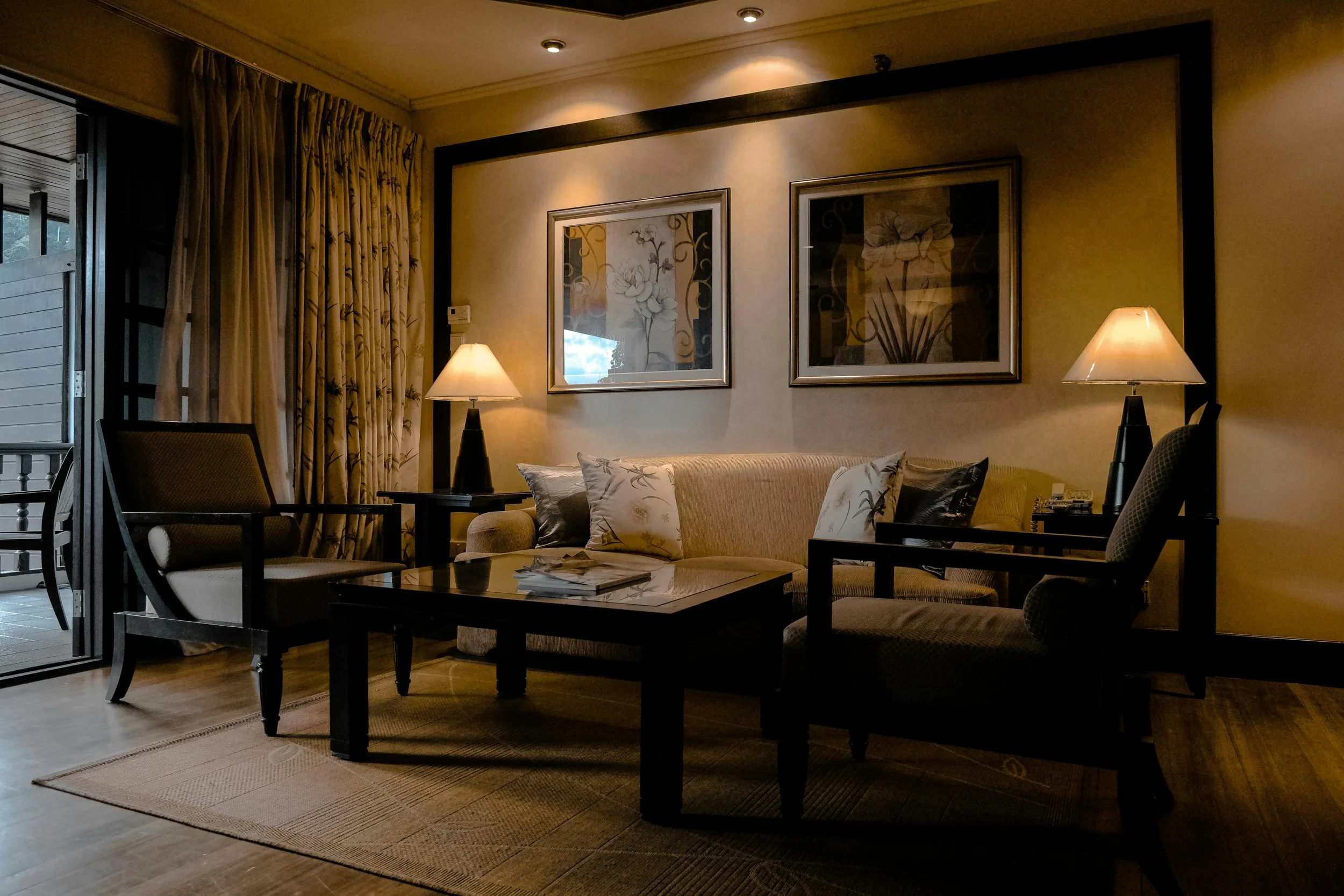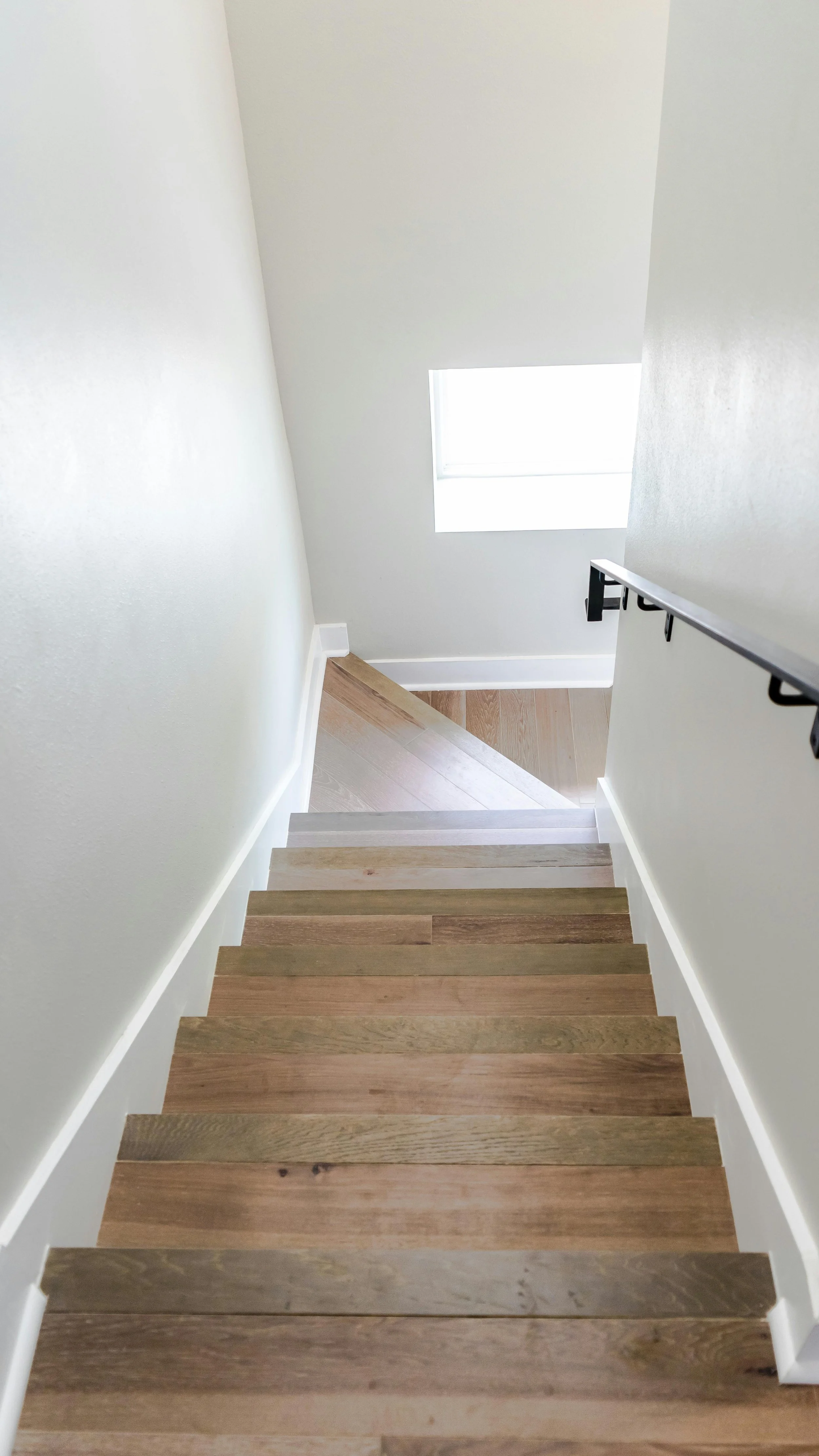TIPS FOR HOME IMPROVEMENT AFTER MOVING IN
/Moving into a new home in Reston, Virginia, offers exciting opportunities to create a space that reflects your personal style and meets your needs. Reston is a unique blend of urban and suburban life, with its beautiful parks, lakes, and a vibrant town center. This charming town not only provides a picturesque backdrop for your home but also a welcoming community perfect for new beginnings.
As you unpack and settle in, the urge to make your new house feel like "home" is a natural next step. Whether it's updating the interior to suit your taste or enhancing the functionality of your space, each change you make helps lay down the roots for your life in this new setting. From choosing the right colors for your walls to optimizing your living space, these improvements are not just about aesthetics—they are about creating a comfortable, safe, and personalized environment where you can thrive.
In this article, we will explore some essential tips that will help you enhance your home in Reston, making the transition smoother and your new space more inviting.
1. Start with a Plan
One of the first steps in the home improvement process begins even before you move in. Hiring competent local movers in Reston such as 495 Movers can significantly streamline the physical move, allowing you to focus more on the actual setup and decoration of your new home. A smooth-moving experience sets a positive tone for the tasks ahead. Once you have settled in, take the time to envision the layout of each room. Sketch out where large pieces of furniture will go and consider the flow of each space. Planning ahead saves time and helps avoid the hassle of moving heavy items multiple times. Additionally, the insights of local movers can offer advice on the best ways to utilize spaces in your new home, as they are familiar with the architectural styles and common layout designs in your area.
2. Prioritize Security Upgrades
Your family's safety is paramount. As soon as you move in, prioritize updating the security measures around your new home. Start by changing all the locks. You never know how many spare keys to the old locks are floating around. Installing a new set of locks is a quick and effective way to ensure your home's security. Consider adding a security system if one isn't already in place. Modern systems offer a range of options, from doorbell cameras to full-home automation, which can be tailored to your needs.
3. Inspect and Update Utilities
Before getting too comfortable in your new home, make sure all utilities are functioning correctly. Have a professional inspect your plumbing and electrical systems. Leaks or faulty wiring are not only inconveniences but can also pose significant dangers if left unchecked. Similarly, ensuring that your heating, ventilation, and air conditioning (HVAC) system is in good working order can save you from discomfort as seasons change. Issues found early can often be fixed more easily and at a lower cost, so it's worth doing these checks as soon as possible.
4. Refresh the Paint
A fresh coat of paint is one of the most cost-effective ways to transform any space. New colors can redefine a room's aesthetics and atmosphere. Choose light colors to make small rooms feel larger and more open, or opt for bold colors to add depth and character to larger spaces. Consider low-VOC (volatile organic compounds) paints, which are better for the environment and your health. Painting is also a great opportunity to personalize your new home to reflect your style and preferences.
5. Personalize the Lighting
Lighting plays a crucial role in setting the mood of a home. Assess the existing fixtures and determine if they meet your needs in terms of both function and style. Replacing outdated fixtures can not only brighten a room but also serve as striking design elements. Installing dimmer switches allows you to adjust the lighting to suit different times of the day or specific moods.
6. Update Window Treatments
Window treatments are not only vital for privacy and controlling natural light but also play a significant role in the energy efficiency of your home. Old, outdated curtains or blinds might not provide adequate insulation, leading to higher utility bills. Consider replacing them with modern solutions that can help maintain indoor temperatures and reduce energy consumption. Additionally, the right window treatments can complete the look of a room, adding color, texture, and elegance.
7. Focus on the Floors
Flooring impacts not only the aesthetics of your home but also its comfort and upkeep. If your new home comes with carpeting that's seen better days, consider having it professionally cleaned or replaced. Hardwood floors might need refinishing, a project that can instantly uplift the entire space. Alternatively, if a full replacement is needed, there are numerous options available including laminate, vinyl, or even eco-friendly choices like bamboo. Properly maintained floors can dramatically change the ambiance of your home and are an investment in its value and comfort.
8. Maximize Storage Space
Adequate storage is key to keeping your home organized and clutter-free. After moving in, it's common to find that you might need more storage solutions than initially anticipated. Built-in cabinets, shelves, and closets can utilize vertical space effectively, especially in smaller rooms. Consider multifunctional furniture like ottomans with storage or beds with drawers underneath, which provide additional space without occupying more room. Enhancing your storage capabilities allows you to maintain a tidy home, giving every item a proper place.
Additionally, creating a dedicated workspace within your home can greatly enhance productivity, ensuring all your tools and materials are easily accessible and well-organized.
9. Enhance Outdoor Living Areas
Your outdoor space deserves as much attention as the interior of your home. Whether it's a balcony, patio, or backyard, making it comfortable and stylish extends your living space to the outdoors. Simple improvements like adding outdoor seating, a fire pit, or a dining area can make a big difference. Landscaping also plays a crucial role in the usability and aesthetic of your outdoor areas. Planting trees and flowers or even starting a small garden can add life and color, making it a perfect retreat for relaxation or entertaining guests.
10. Regular Maintenance Schedule
Maintaining your home is ongoing and key to avoiding costly future repairs. Establish a regular maintenance schedule that includes checking the roof, cleaning gutters, inspecting the foundation, and other critical areas. Regular checks can help catch issues before they become major problems, saving you time and money in the long run. This proactive approach not only keeps your home in good condition but also ensures that it remains a safe and comfortable place for your family.
Conclusion
Improving your home after moving in is a continuous process that not only enhances its comfort and functionality but also personalizes it to reflect your lifestyle and tastes. Starting with foundational improvements like updating window treatments and floors and moving on to maximizing storage and enhancing outdoor areas, each step adds layers of comfort and efficiency. Establishing a routine maintenance schedule ensures that your home remains in top condition, safeguarding your investment.








